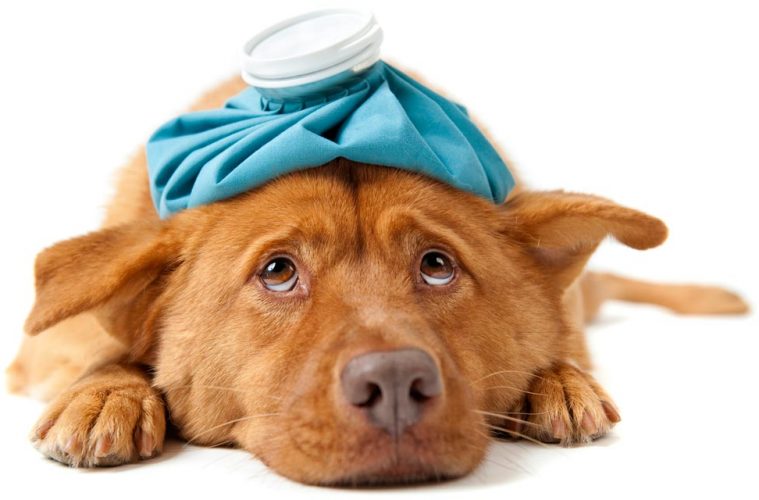It is the beginning of Summer which means more hiking and more time outside with the pets.
Preparation plays an essential part in helping to alleviate stress and handle emergencies with confidence. Creating a basic first aid kit may be one of those things if you are a pet parent. Why not give yourself some peace of mind by creating your starter kit today! (Make sure to check your kit regularly for expired items and to replenish used ones.)
You might be wondering what items to include in a pet first aid kit — it’s not like you can put a regular band-aid on your dog’s boo-boo that you’d use to cover a cut on your finger. Gather these items to start:
- Your veterinarian’s contact information
- Number for the Pet Poison Helpline
- Styptic powder
- Ice pack
- Absorbent gauze pads
- Scissors
- Adhesive tape
- 3% hydrogen peroxide in case you need to induce vomiting
- Antibiotic ointment
- If your pet takes medicine daily, an extra supply
- Towel or rag
- Alcohol wipes
- Saline eye solution
Keep this pet first aid kit with your other first aid supplies. It’s a good idea to keep one in your car as well for when you and your pet are on-the-go.
There are few quality apps and websites out there that can provide lifesaving knowledge at any given moment. Some apps can even connect you to a veterinarian for a virtual appointment.
Apps: The ASPCA and American Red Cross both have great apps to help if your pet gets hurt or possibly poisoned.
Hands-on Training: Taking a pet first aid emergency class is one of the greatest ways you can actually handle a pet emergency better. The American Red Cross has a pet CPR certification course. In these classes, you will be able to learn and practice pet CPR, checking your pet’s vitals (respiratory rate, pulse rate, etc.), cleaning bandaging a wound, and a lot more. You’ll also be trained to look for signs in your pet and whether a call to the emergency room is necessary or not.
Ready those emergency contacts. Emergency contact numbers of your veterinarian and of animal poison control in your area must always come in handy. You can save these numbers in your phone or have it written and then placed on your door or on your fridge’s door or basically anywhere that gives you easy access in case of a pet emergency.
Prevent accidents. One thing that is way better than first aid is prevention. When it comes to pets, prevention is the best medicine. While you can’t always be around to stop any accidents from occurring, it is your responsibility as pet parents to at least minimize the hazards and dangers surrounding your pets.
One thing you can do is to identify all household products (including food and cleaning agent items) and belongings of your pet that could cause injuries, choking, poisoning and keep these all away and out of your pet’s reach. For dogs, make sure those freshly baked chocolate chip cookies and the trash cans are way out of reach!
Accidents happen, that’s a fact and that’s inevitable. But giving importance to the Pet First Aid Awareness and knowing how to handle pet emergencies and how to help prevent them from happening can help save your pet’s life. Giving you happier, healthier, and safer years ahead!

